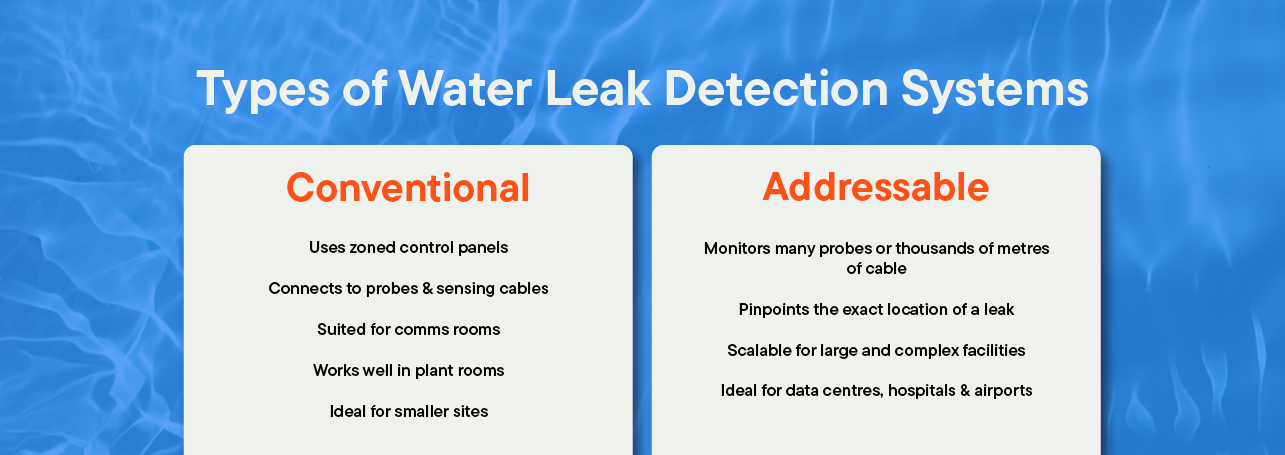
Need assistance?
Need Assistance? Call Us 0330 058 0630
















19/08/2025 • by Alice P
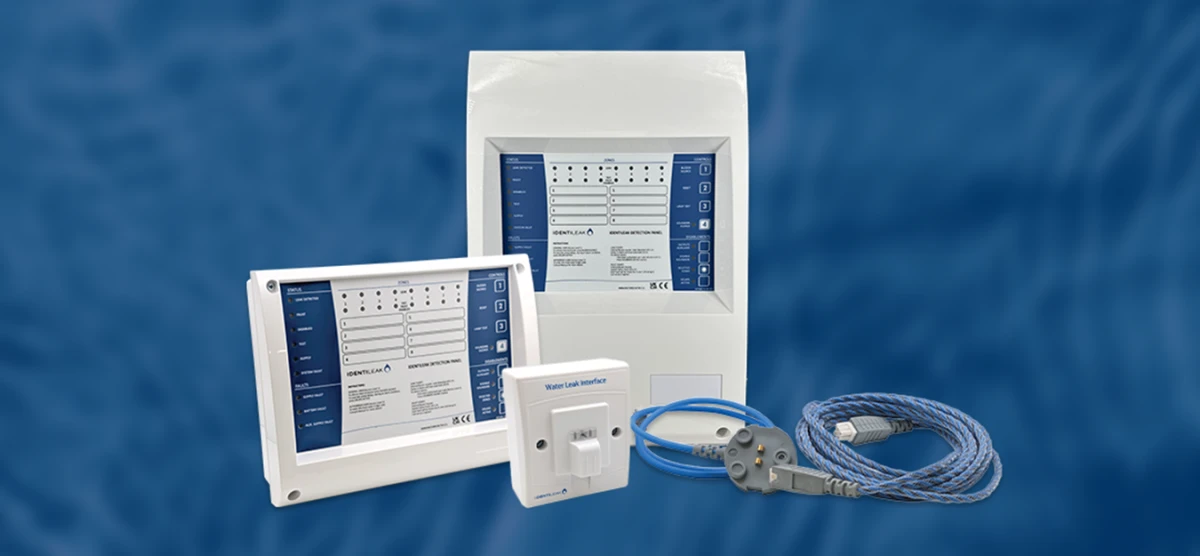
Water leaks are one of the most common and costly risks to buildings. From a burst pipe in a commercial office to a slow drip above a server room, leaks can cause serious damage long before they are noticed.
A water leak detection system offers a proactive approach to spot leaks early on, prevent disruption and protect valuable assets.
Prevent costly damage – Leaks can ruin flooring, ceilings, IT equipment and stock. Early warning saves thousands in repairs.
Reduce downtime – For businesses like data centres, banks and hospitals, downtime caused by leaks can be more expensive than the repairs themselves.
Meet insurance and compliance requirements – Many insurers and industry standards now recommend or require leak monitoring in critical areas.
Protect business continuity – Avoid disruption to staff, operations, and customers.
Even a small leak under a raised floor can cause damage to critical servers. Leak detection provides early warning to prevent costly outages.
Trading floors, IT hubs, and vaults rely on continuous uptime. A water leak detection system safeguards sensitive areas where downtime could have a major financial impact.
Hospitals can’t afford disruption. Leaks in plant rooms or wards risk patient safety and equipment downtime. Leak detection ensures uninterrupted operations.
Guest rooms, kitchens and spa areas are all at risk. Early leak alerts prevent damage, protect guest experience and avoid insurance claims.
With open-plan layouts and expensive fit-outs, even minor leaks can cause large-scale disruption. Detection systems keep staff working and protect property value.
Leaks above shop floors or storerooms can destroy stock and shut down trading. Monitoring key areas avoids costly closures.
Museums, archives and historic sites are often vulnerable to water damage. Detection systems protect irreplaceable assets.
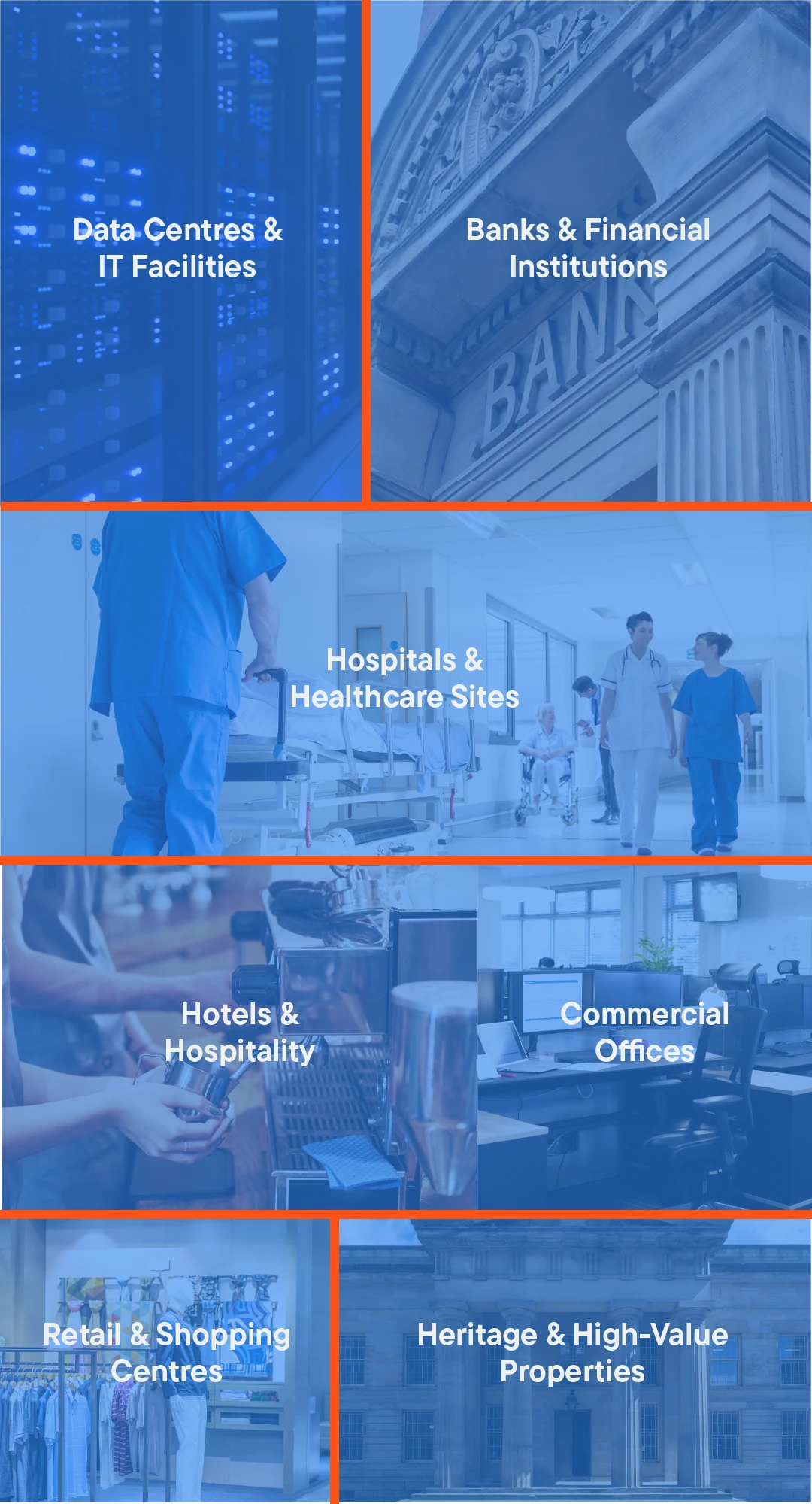
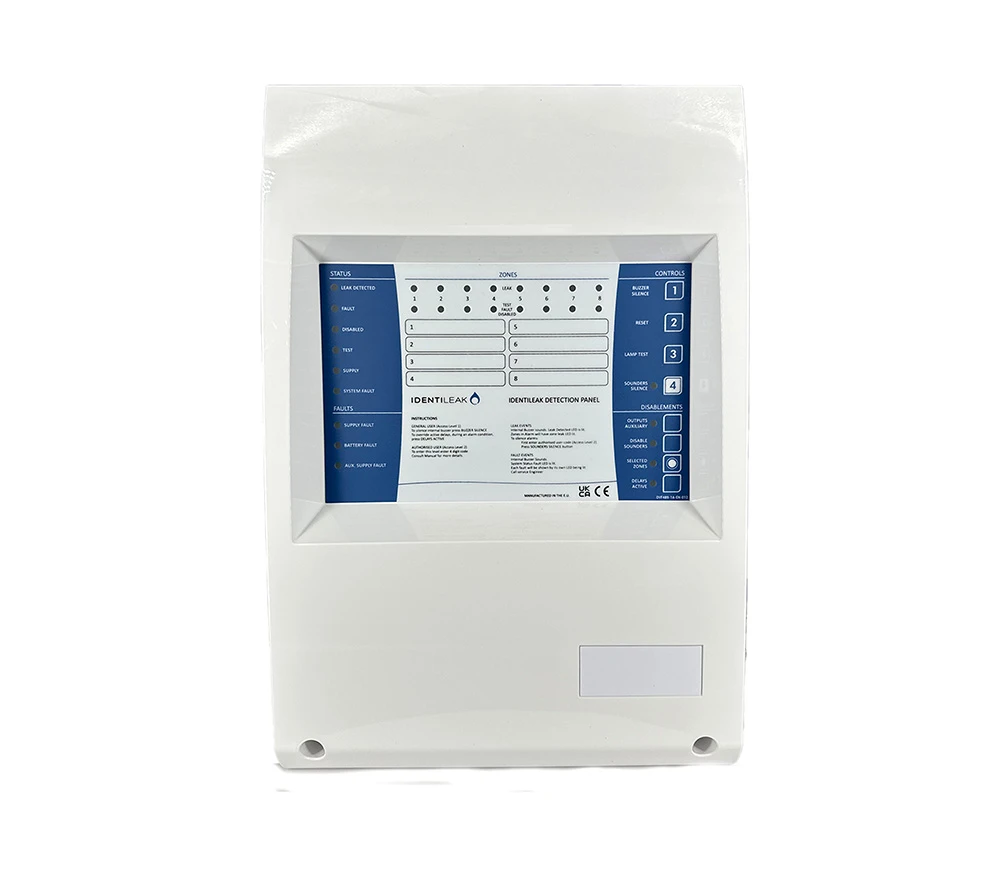
ex vat
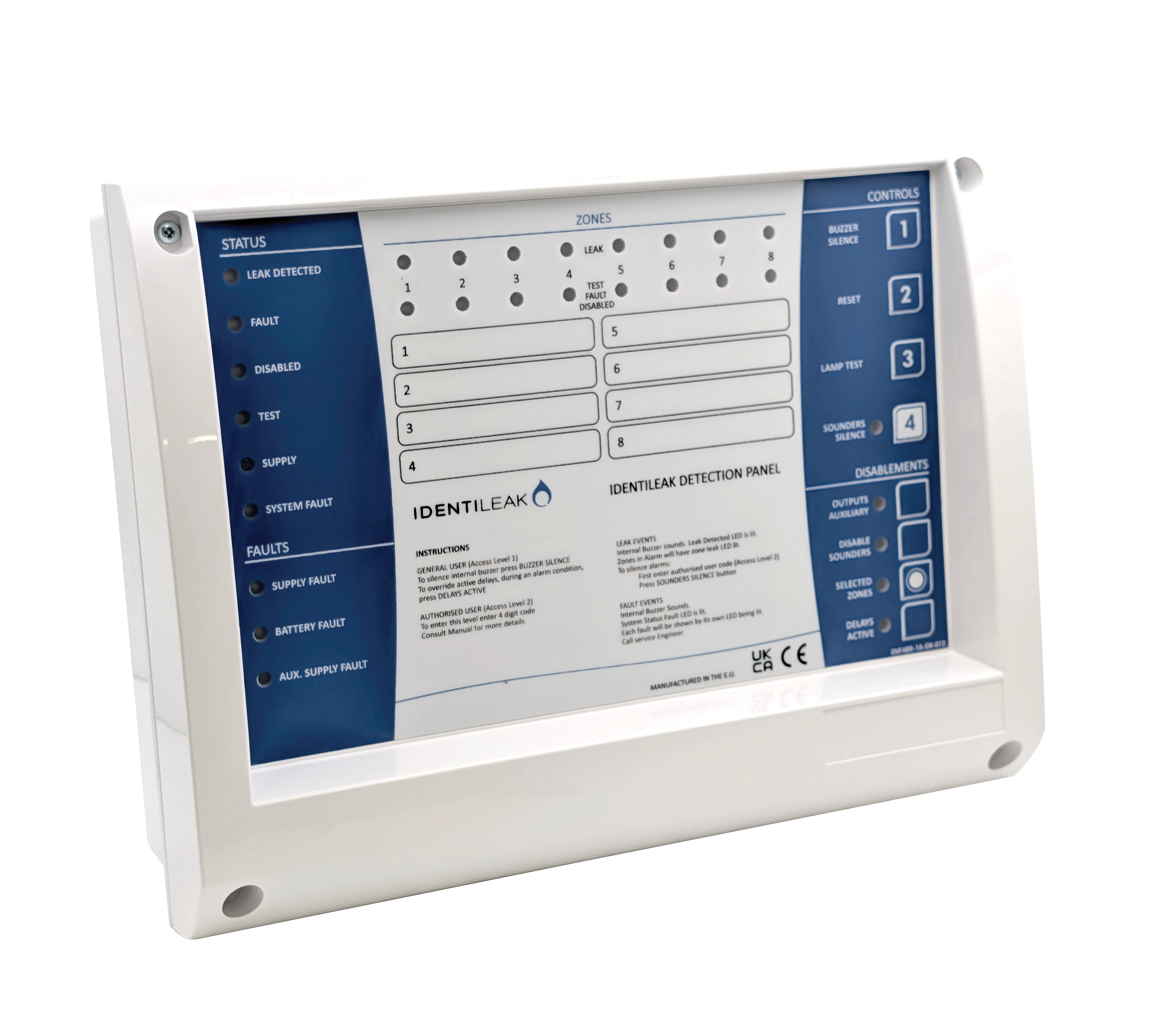
ex vat
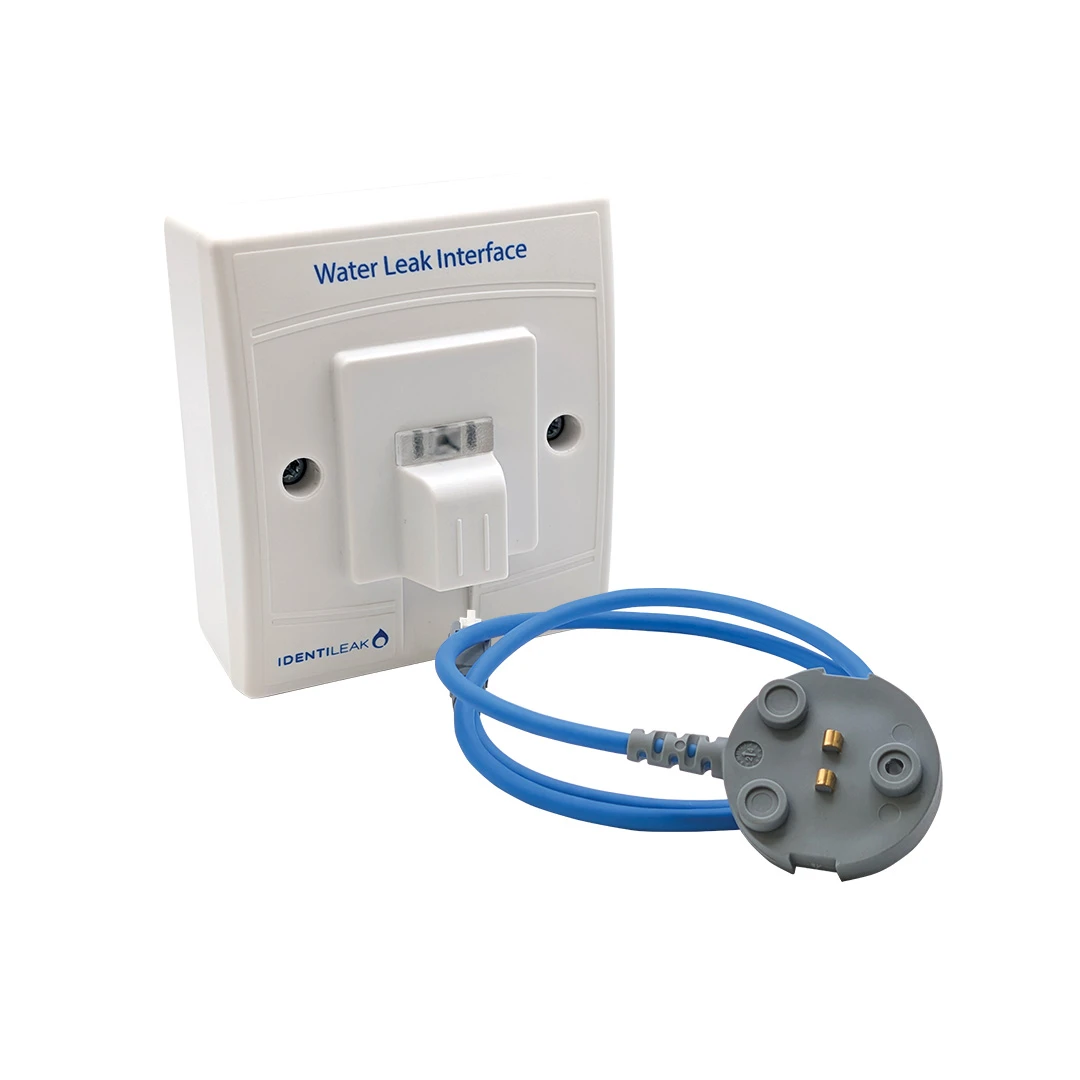
ex vat
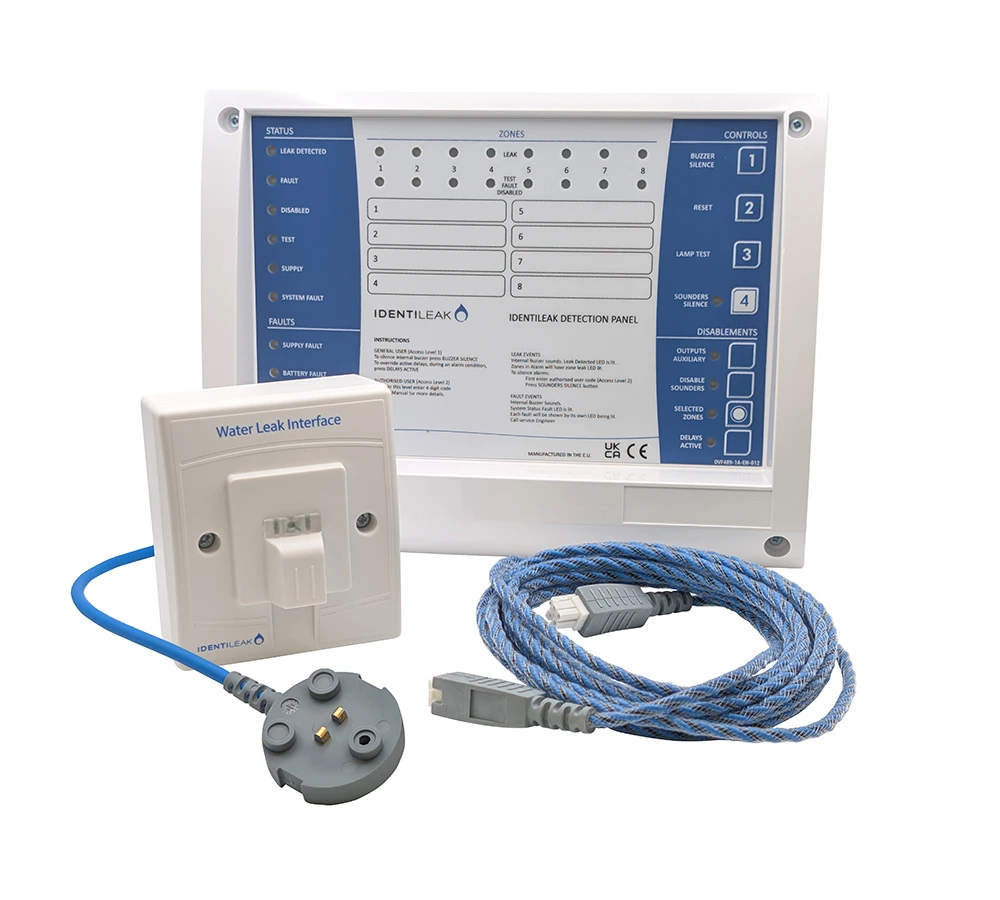
ex vat
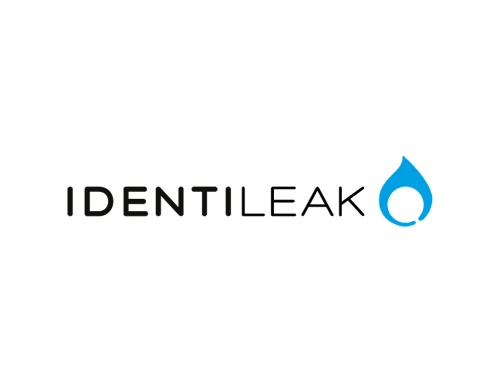
ex vat

ex vat
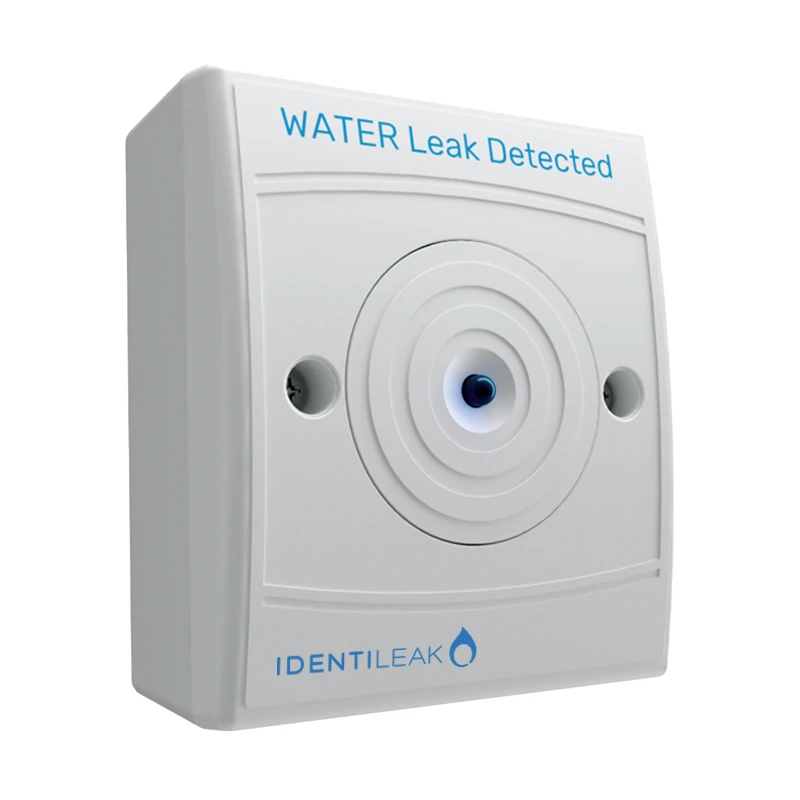
ex vat
These use zoned control panels connected to probes and sensing cables. They are ideal for smaller sites such as comms rooms, plant rooms, or residential buildings.
Larger and more advanced, addressable systems can monitor hundreds of probes or thousands of metres of sensing cable. They pinpoint the exact leak location, which is vital in data centres, hospitals, and airports.
Modern systems, such as those that integrate with mobile apps or BMS platforms, offer remote notifications, event logging, and even automatic water shut-off using solenoid valves.
Server rooms and data centres
Plant rooms and risers
Raised floors and ceiling voids
Kitchens, washrooms, and spa areas
Stockrooms and retail spaces
Heritage buildings and archives
Fast response to even small leaks
Battery backup for power outages
Flexible detection (cable and probe options)
Integration with fire alarm, BMS, or security systems
Scalable design for small or large buildings
Clear visual, audible, or voice alerts

ex vat

ex vat

ex vat

ex vat

ex vat

ex vat

ex vat
According to industry studies, water damage is one of the top causes of insurance claims in commercial buildings. A single incident can cost tens of thousands in repairs and business interruption. A water leak detection system is a relatively small investment compared to the cost of downtime, property damage, or lost reputation.
A water leak detection system is not a luxury; it’s a necessity for protecting commercial and residential buildings.
Whether you manage a hotel, hospital, data centre, or retail store, leak detection ensures peace of mind and reduces long-term costs.
If you’re considering installing a system, explore options such as conventional panels for small buildings, addressable systems for large sites, or smart solutions for remote monitoring.
Acting now could save your business thousands later.
We use cookies to enhance your site experience. Choose your preferences below.

